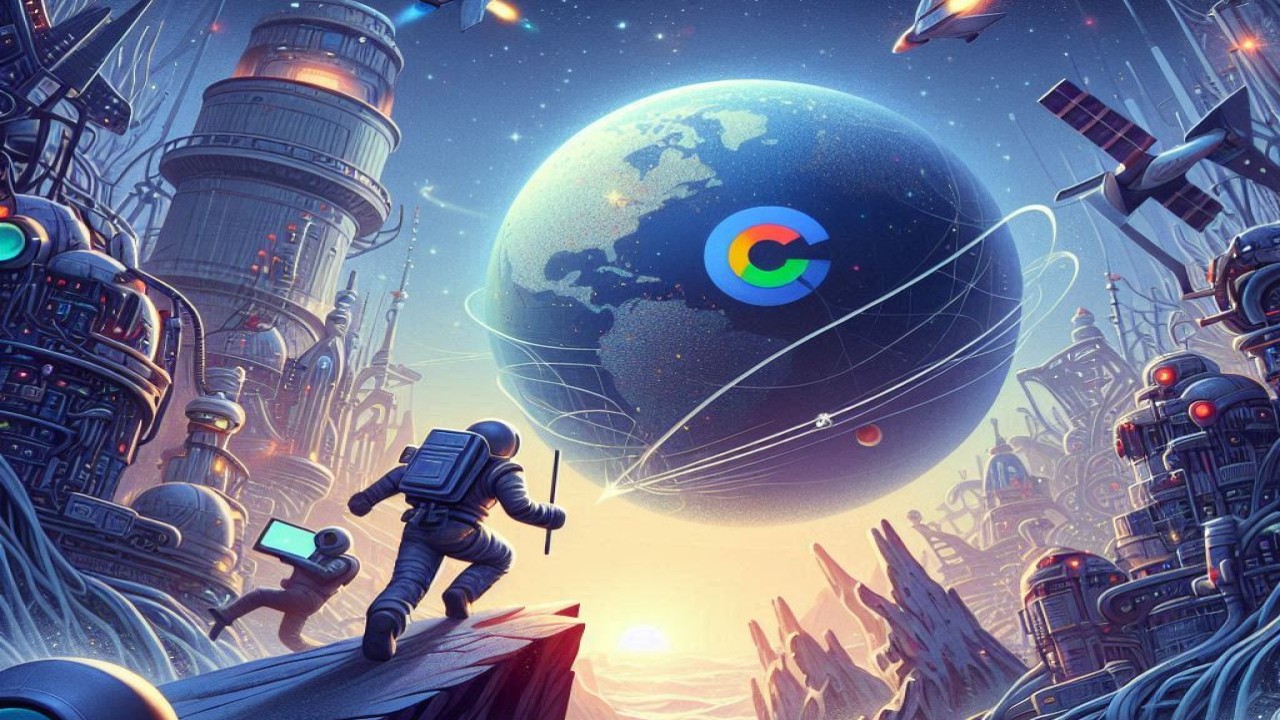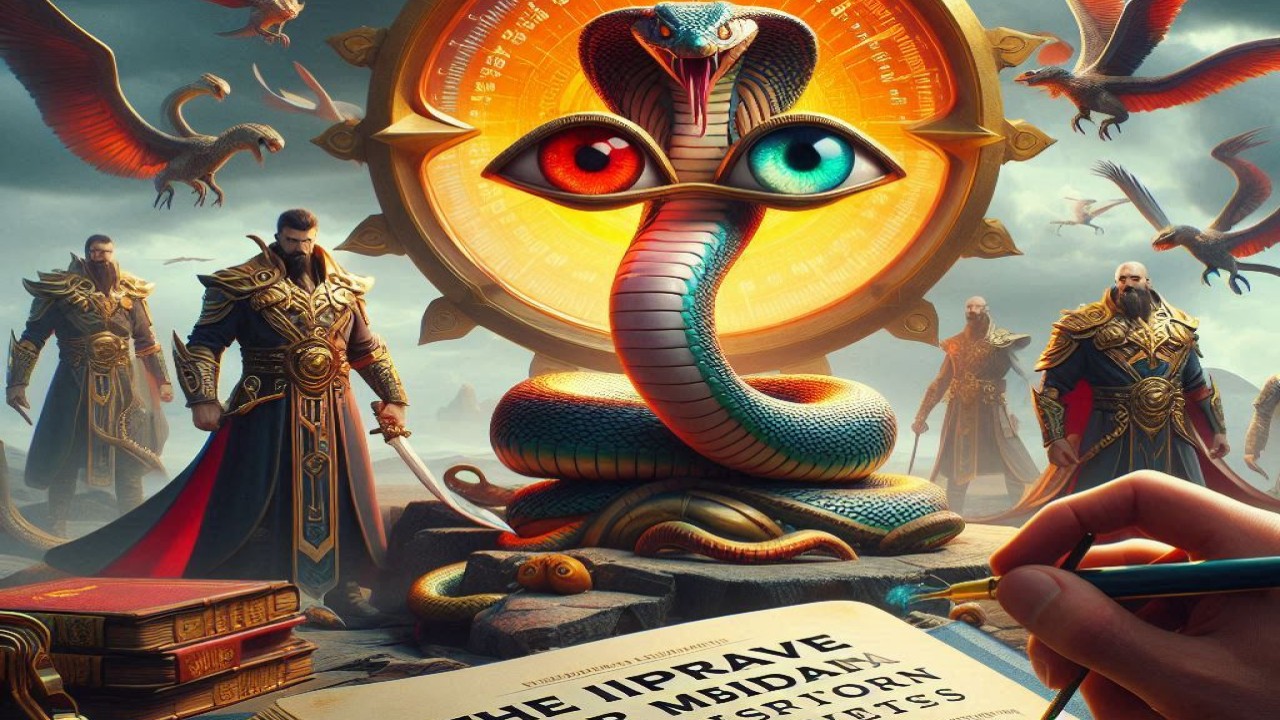Exploring the Advancements: Google Astra vs. OpenAI ChatGPT-4.0
In the realm of artificial intelligence (AI), the evolution of multimodal interactive AI agents has been remarkable. These agents, capable of processing and generating various forms of data such as text, images, and audio, are gaining attention for their transformative potential in human-computer interactions. Let's delve into the advancements brought by Google's Astra and OpenAI's ChatGPT-4.0.
Unveiling Multimodal Interactive AI Agents
Multimodal interactive AI agents represent a significant advancement in AI research. They integrate multiple data formats, enhancing their understanding and communication. Unlike traditional AI models specialized in one format, multimodal agents use various inputs for more nuanced outputs, resembling natural conversation.
Google Astra: The Next Gen AI Assistant
Google's Astra is a significant leap in multimodal interaction. It utilizes advanced machine learning algorithms and vast datasets to understand and generate diverse content seamlessly. With its ability to handle text, voice, and visual inputs, Astra offers intuitive interactions.
Astra's architecture, designed for multimodal inputs, uses state-of-the-art neural networks like transformers. Continuously trained on real-world data, Astra refines its language skills, ensuring it remains at the forefront of AI technology.
OpenAI ChatGPT-4.0: Redefining Conversational AI
OpenAI's ChatGPT-4.0 is another groundbreaking multimodal AI model excelling in generating coherent responses across formats. With a massive neural network and advanced training, ChatGPT-4.0 understands and generates human-like text, images, and audio.
Its versatility lies in processing multimodal inputs, allowing seamless integration for immersive interactions. From virtual assistants to content creation tools, ChatGPT-4.0 finds applications across domains.
Applications and Significance
Multimodal interactive AI agents have vast implications across industries. In healthcare, they aid in analyzing patient data and offering personalized treatment. In education, they enhance learning experiences by adapting content. In entertainment, they create immersive narratives captivating audiences.
The evolution of AI through multimodal interactive AI agents promises a future of seamless human-machine collaboration. With Google Astra and OpenAI ChatGPT-4.0 leading the way, we anticipate a world where AI-powered assistants integrate into daily life, enhancing experiences. As researchers push boundaries, the future of multimodal interaction holds limitless possibilities, ensuring effortless communication in text, images, and sound.










Comments (0)
No comments found